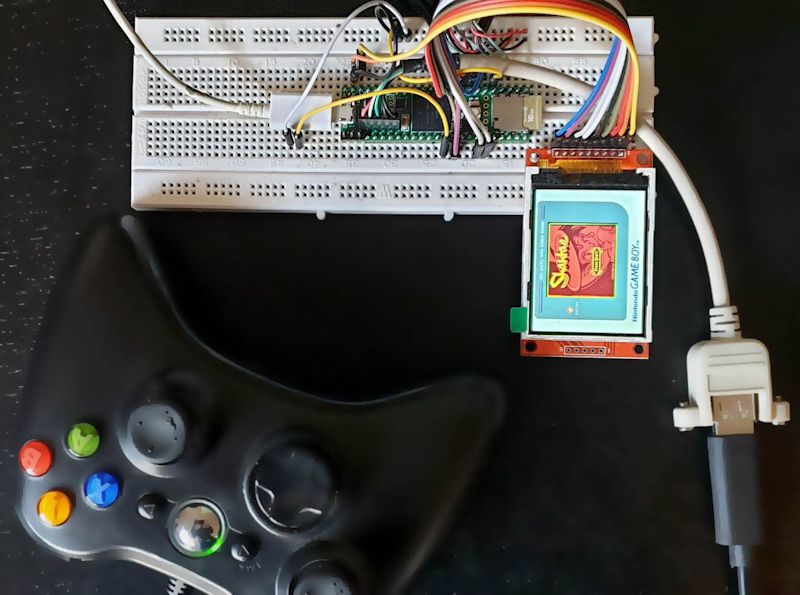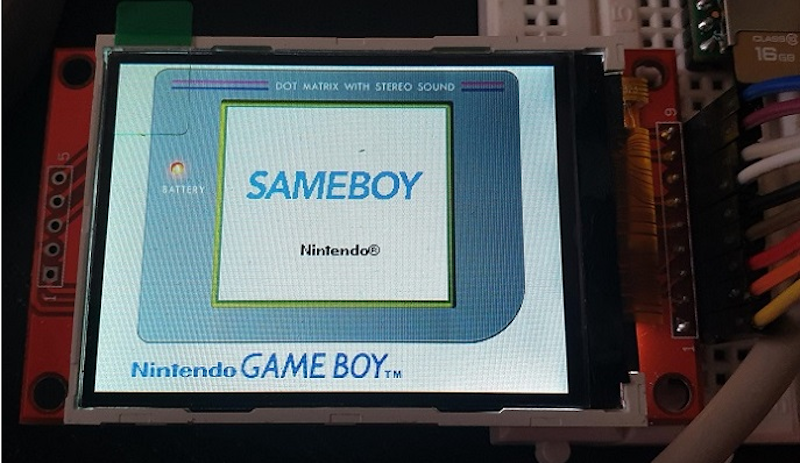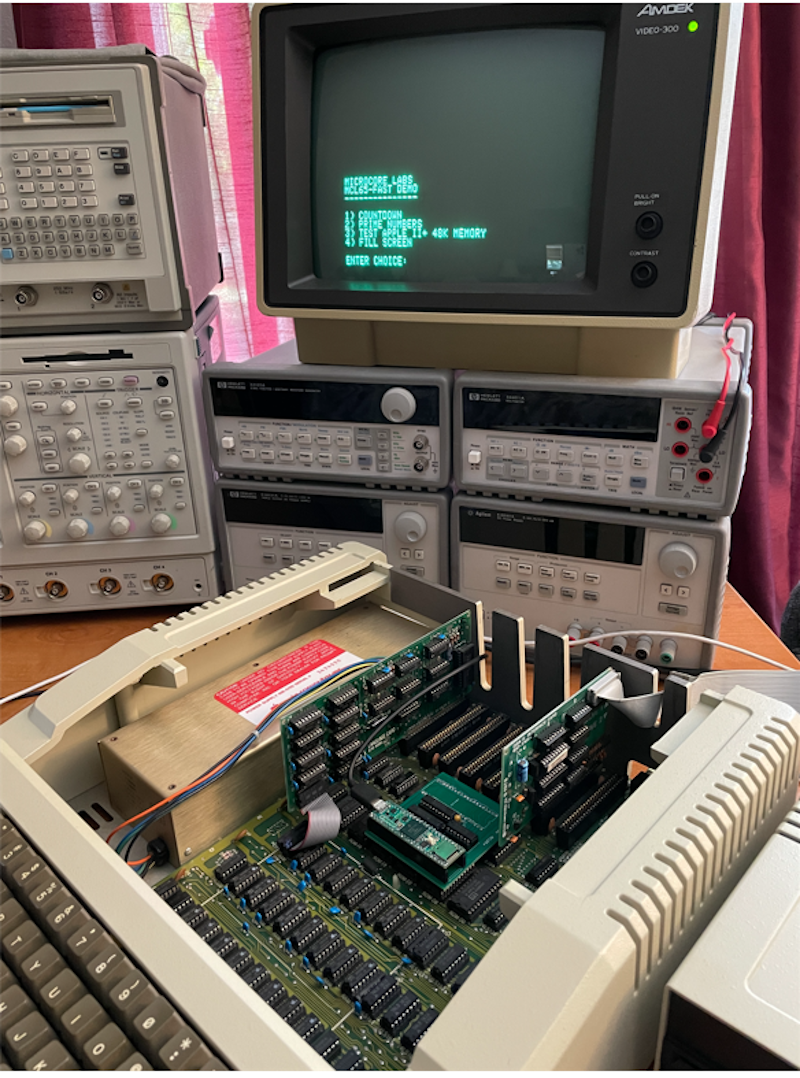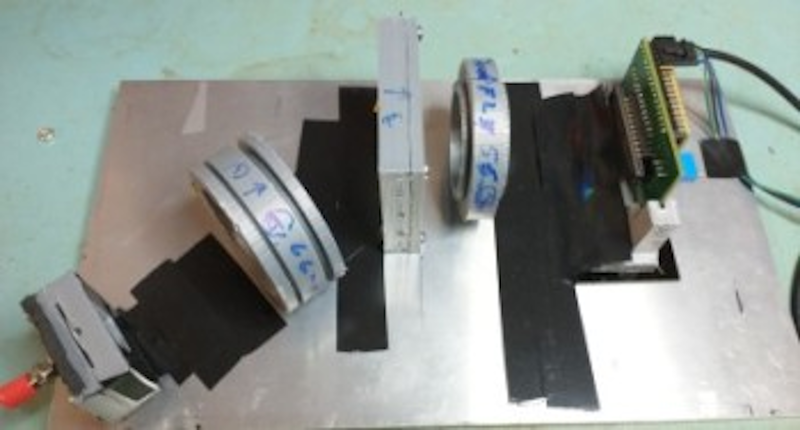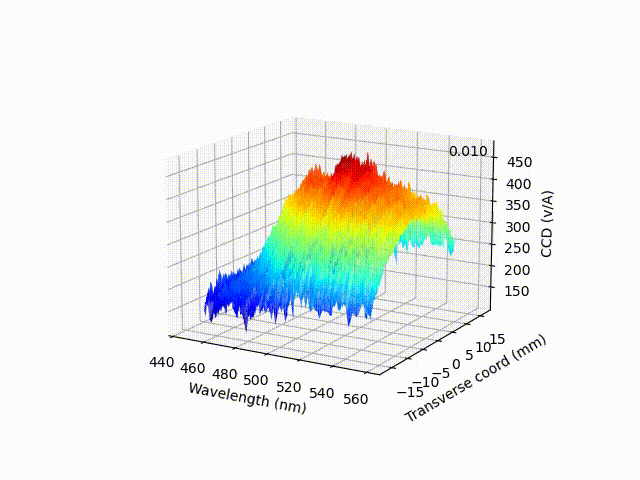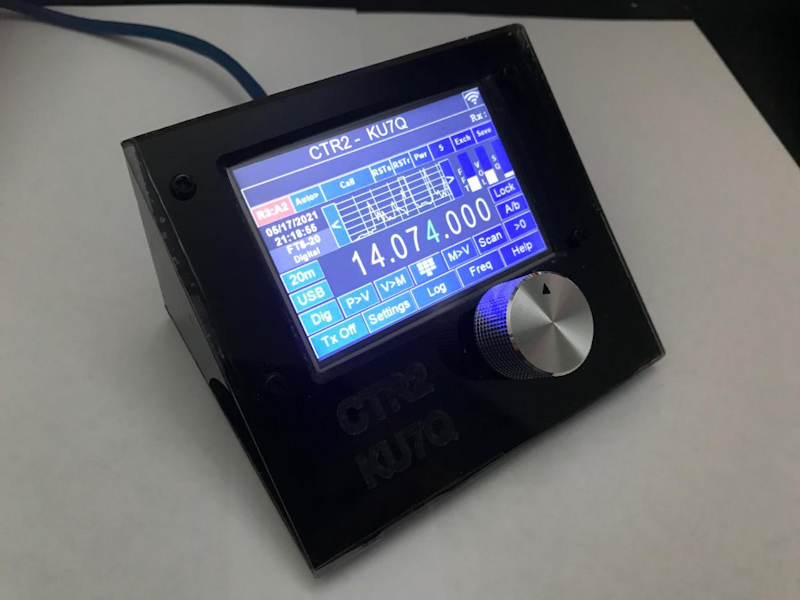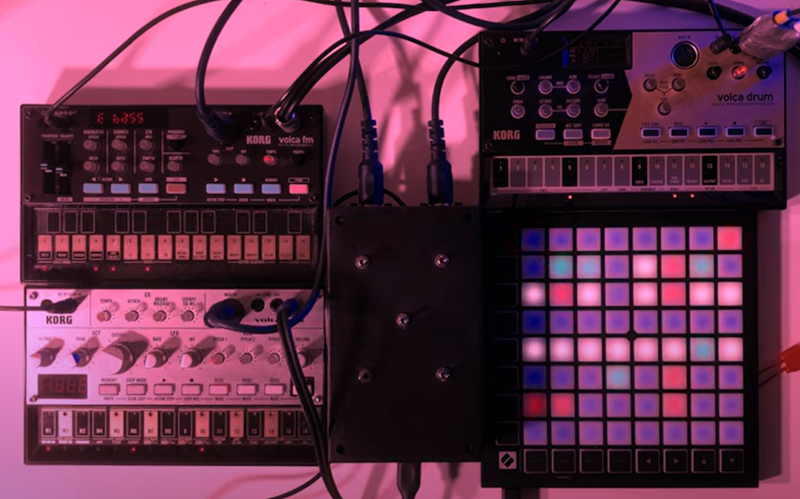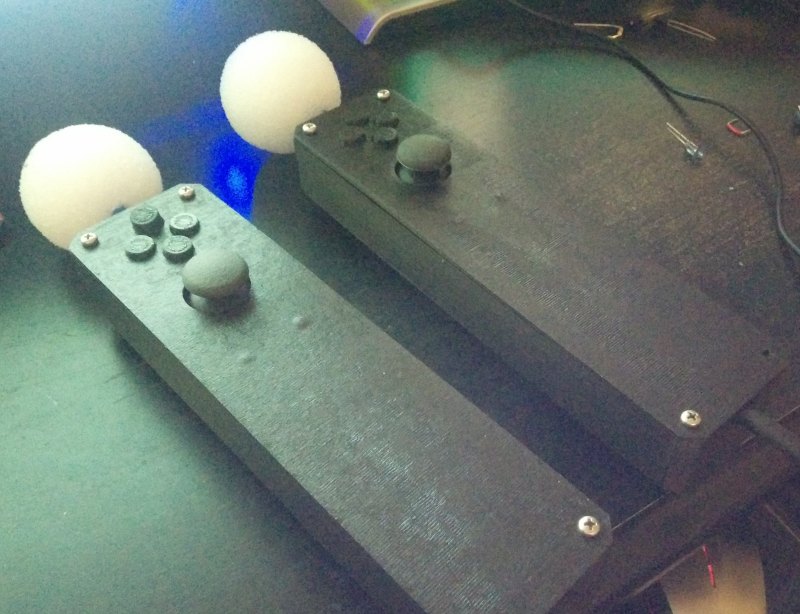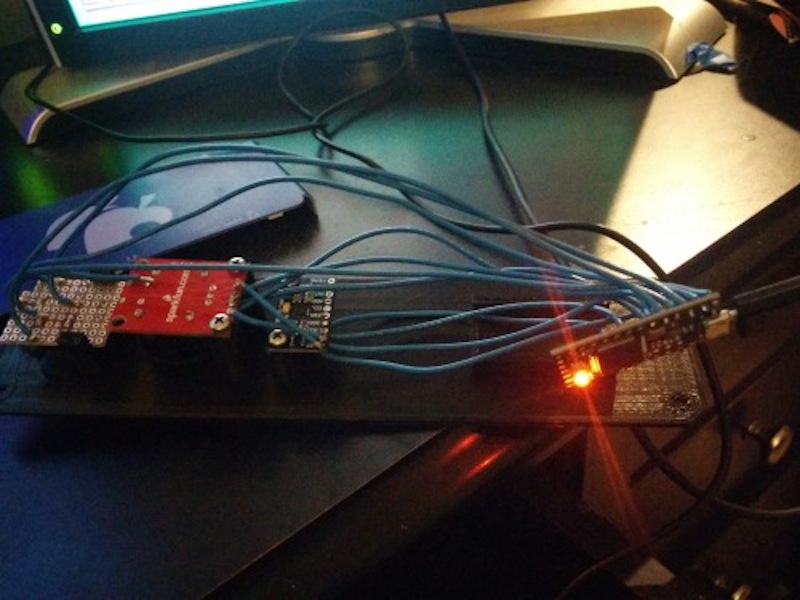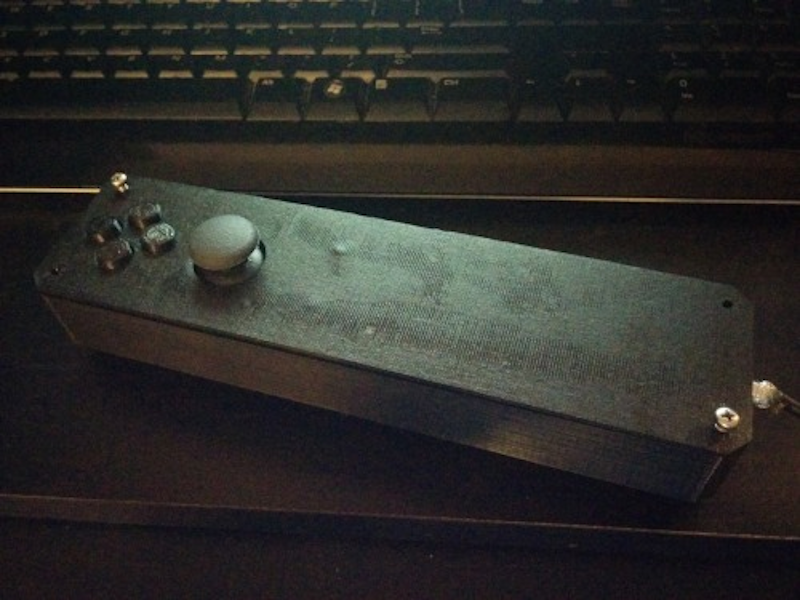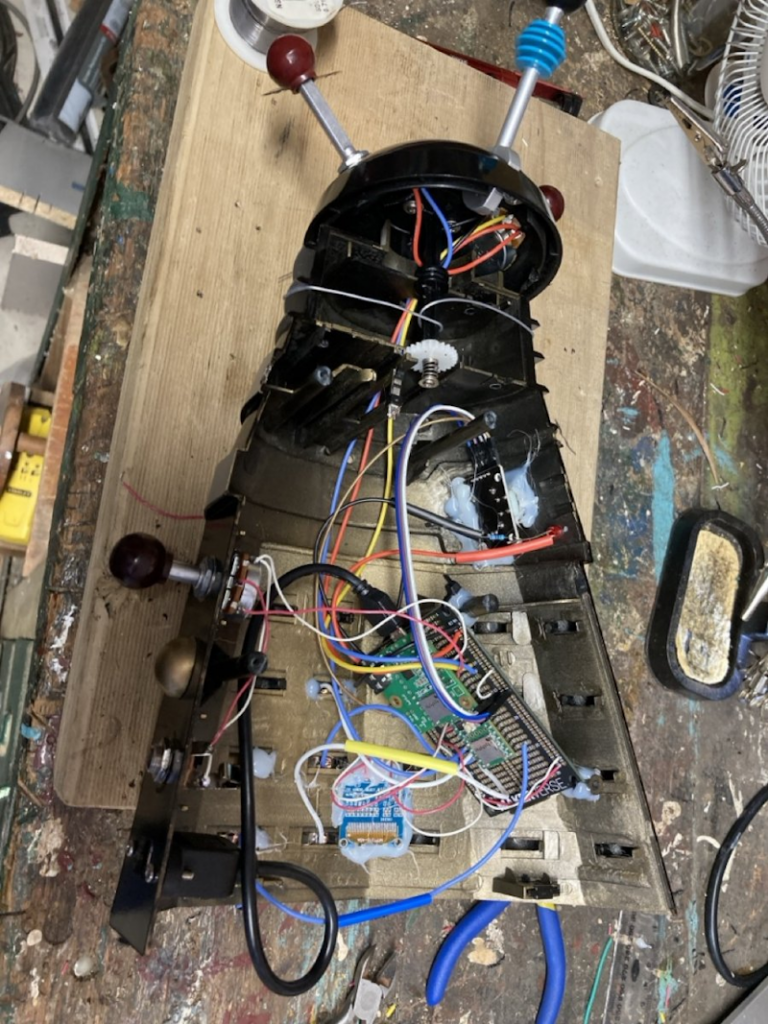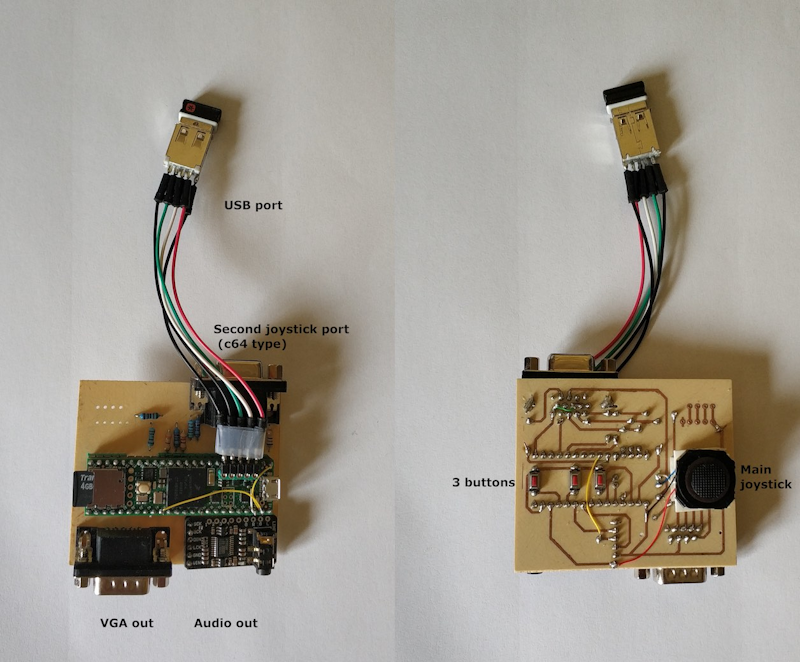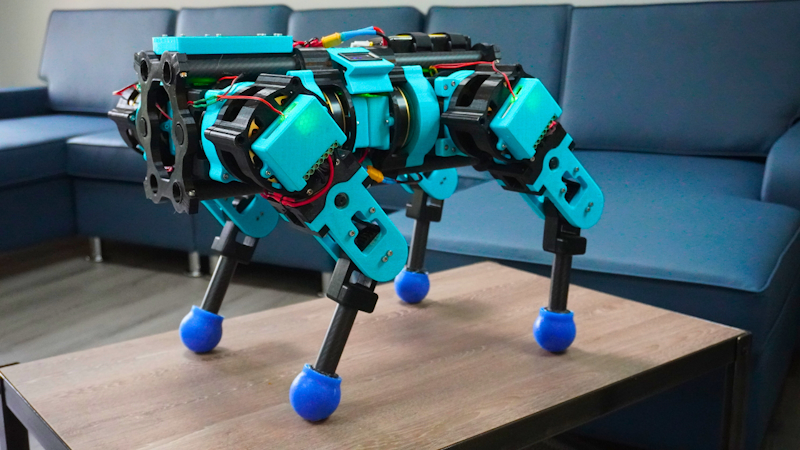Michael Horn has designed and programmed a beguiling LED art installation in coordination, Refractions, with fabricators MGA Sculpture Studios. Five 7×5′ panels with embedded lighting create the illusion of waves along the static metal sculpture.
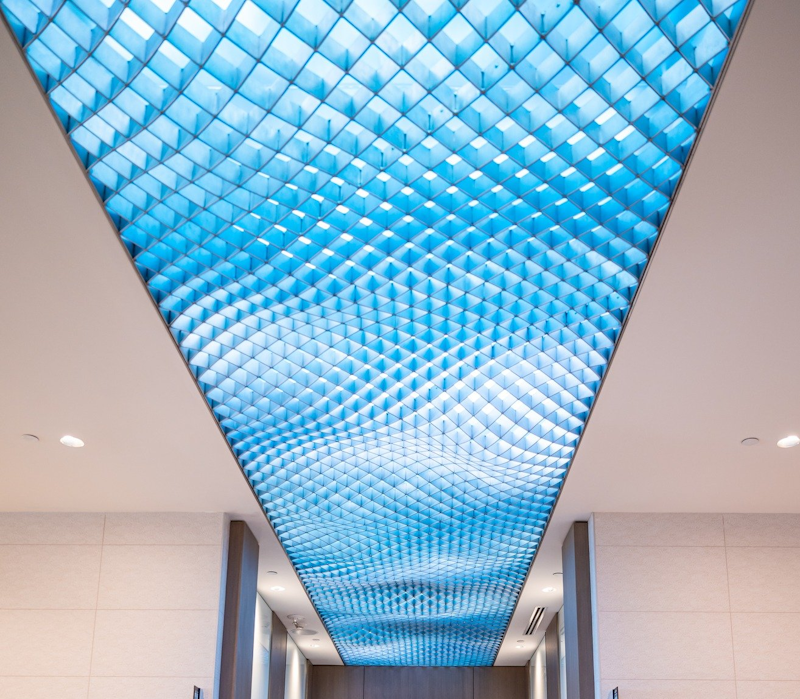
Five Teensy 4.0 boards coordinate the animation of 35′ long WS2815 strips, which recreate rippling water based on a video, but with additional randomization and enhancement to simulate a much higher frame count than memory would allow. More detail and pictures can be found on Michel’s and MGA’s respective web sites, and the project’s evolution and spellbinding culmination can be enjoyed below.
